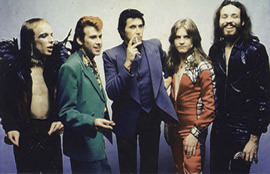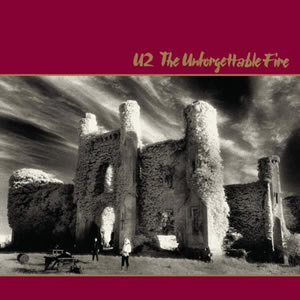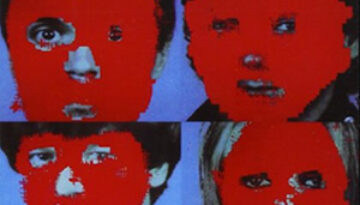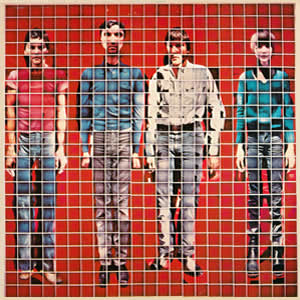Roxy Music
When you’re an early-1970s rock band that tours with your own fashion designer, hair stylist, photographer and “PR consultant”, chances are you’ll take some heat. Roxy Music, the English glam-art band formed by […]

When you’re an early-1970s rock band that tours with your own fashion designer, hair stylist, photographer and “PR consultant”, chances are you’ll take some heat. Roxy Music, the English glam-art band formed by […]

Buy The Unforgettable Fire U2 decided to take a bit of a turn following their initial mainstream success. They brought in producers Brian Eno and Daniel Lanois to forge the ambient sound of […]

Buy The Lamb Lies Down on Broadway Perhaps the most “out there” album by Genesis as well as out Classic Rock Review Album of the Year, The Lamb Lies Down on Broadway, is […]

Buy The Joshua Tree The Joshua Tree was the long-awaited fifth studio album by U2, released in the spring of 1987. Although not a true “concept” album, it was uniformly inspired by the […]

Buy Remain In Light Remain In Light is far from your typical rock album. In fact, a case might be made that it is not really a rock album at all. However, this widely […]

Buy More Songs About Buildings and Food The second album by Talking Heads, 1978’s More Songs About Buildings and Food got its sarcastic title by addressing the cliche of the “sophomore jinx” where […]